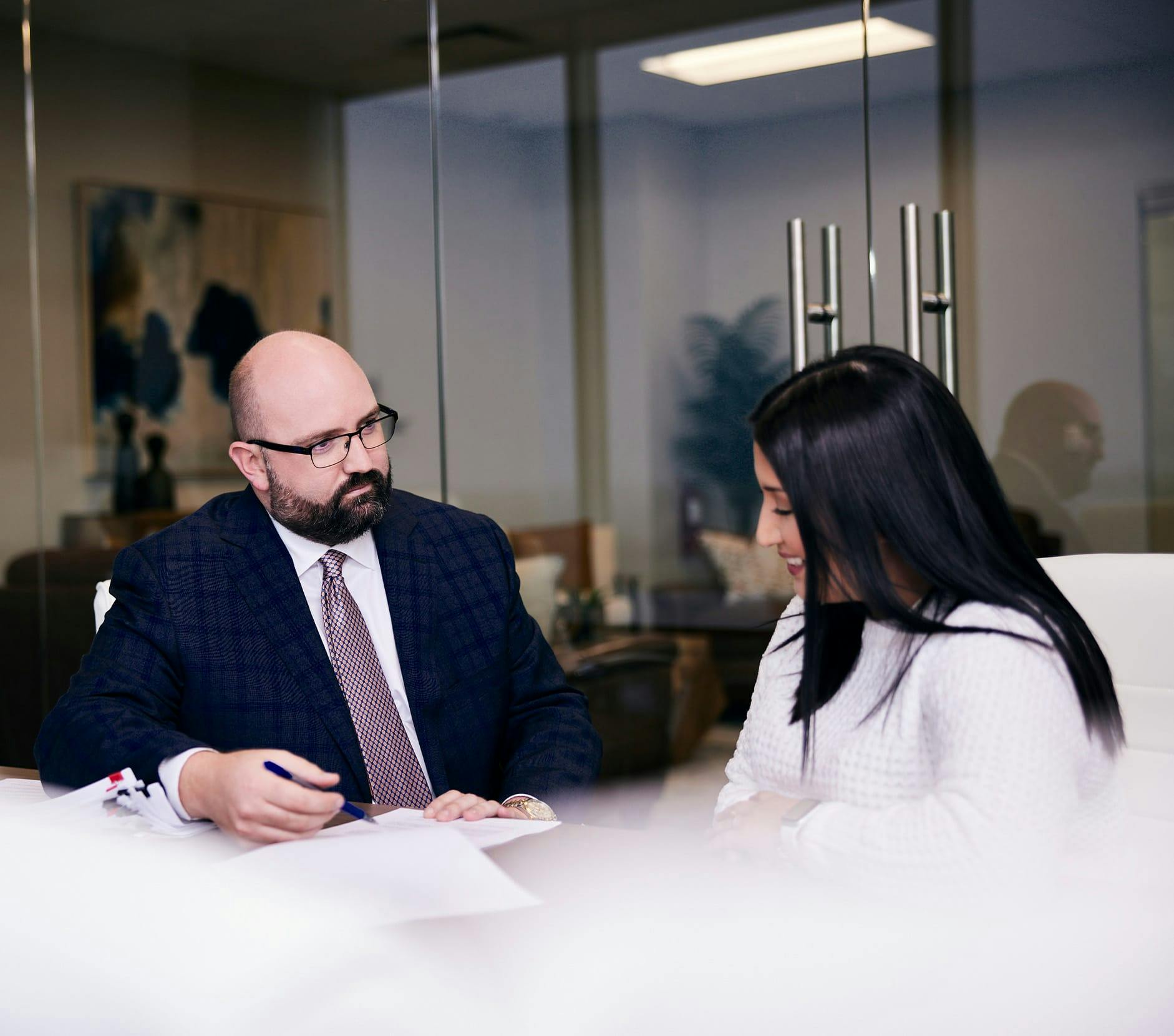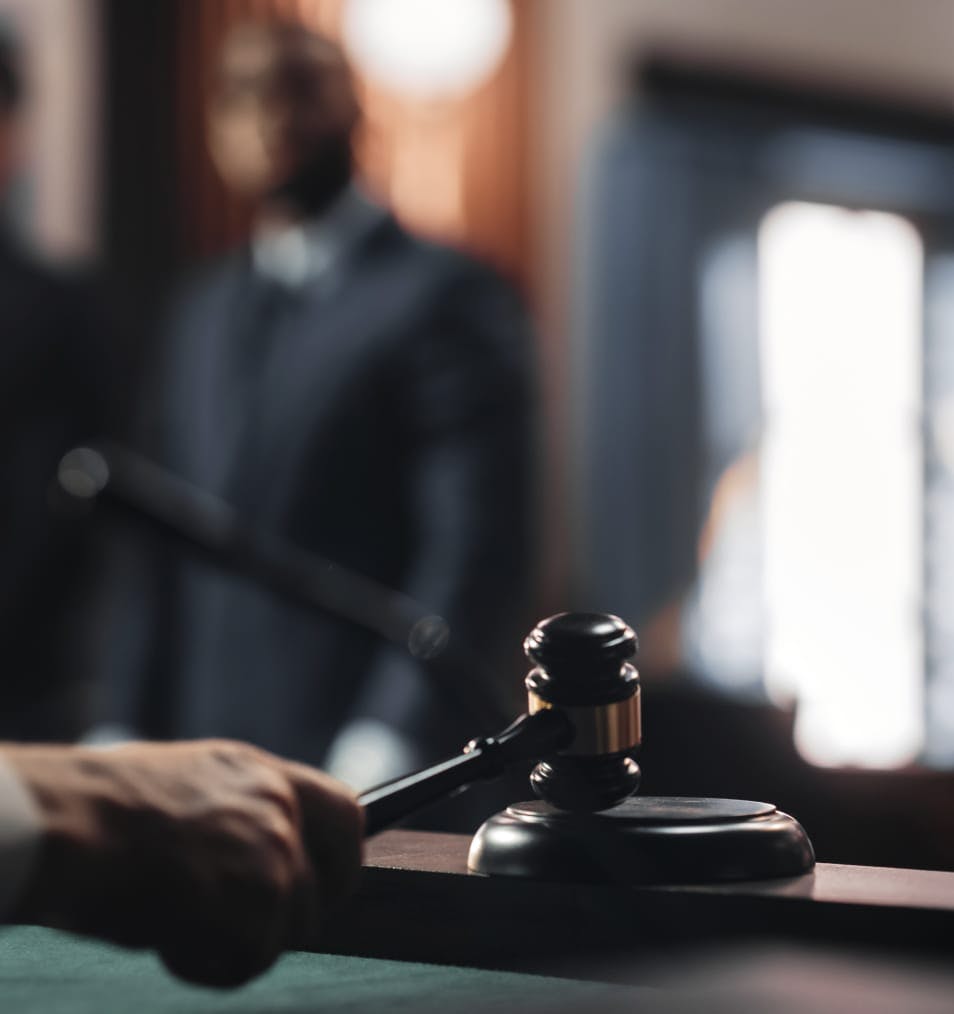What Must the Plaintiff Prove?
The plaintiff gets to choose what to put on their case, and they must ensure they have evidence for every required element of the case. Plaintiffs must demonstrate:
- The defendant had a duty of care to the victim – for instance, to drive safely
- The defendant was negligent, and their negligence caused the crash
- The crash was a cause of each element of damages to the plaintiff
An element of damages is simply a type of damages. This could include lost earnings capacity, reasonable and necessary medical expenses, pain and suffering, or physical impairment. The plaintiff could do so through testimony and through exhibits. Exhibits are marked and offered into evidence.






